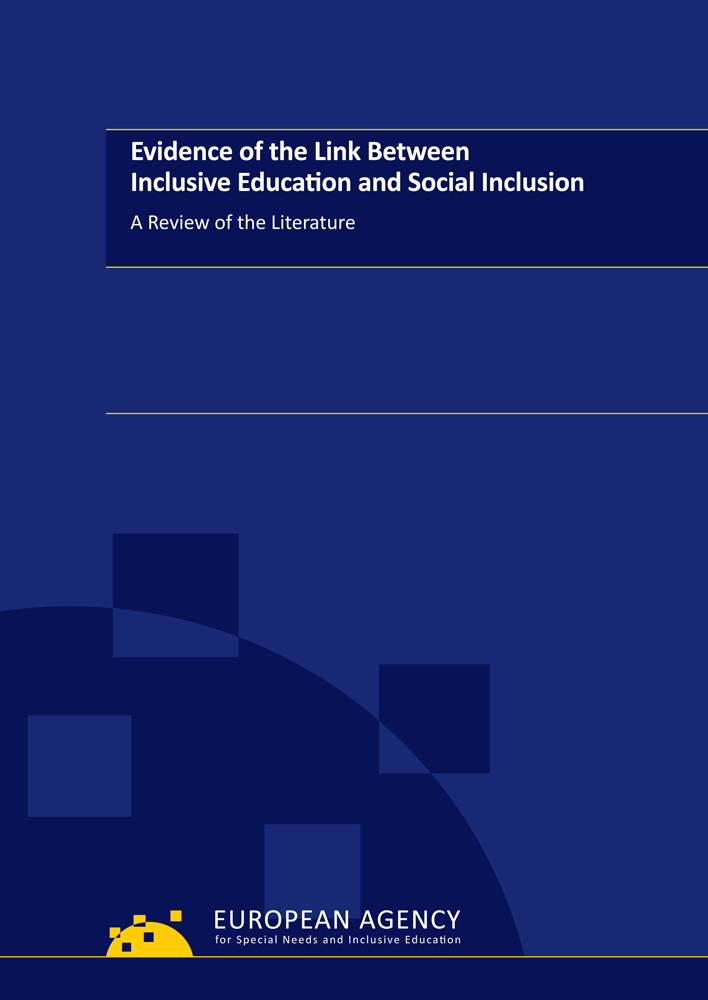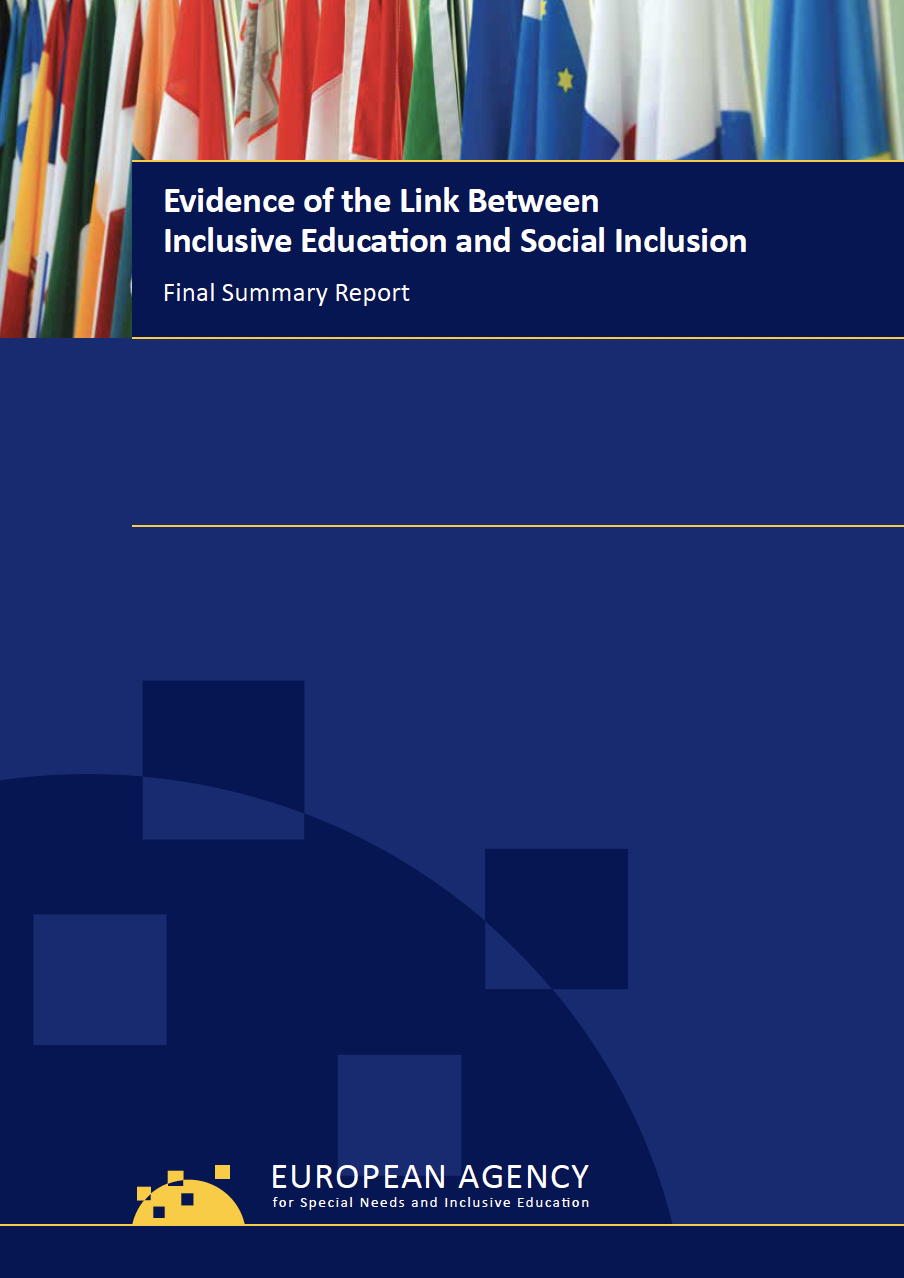The Agency recently published a literature review entitled Evidence of the Link Between Inclusive Education and Social Inclusion, which examines:
- the link between inclusive education and social inclusion, and
- what current research says about inclusive education’s potential as a tool for promoting social inclusion.
The findings suggest that there is a link between inclusive education and social inclusion in the areas of education, employment and living in the community. At the same time, other factors seem to promote or hinder social inclusion. These include the quality of inclusive practice, social policy, social structures and attitudes, and individual life course. The research evidence suggests that segregated settings minimise opportunities for social inclusion both in the short term (while children with disabilities are at school) and the long term (after graduation from secondary education). Attending a special setting is linked with poor academic and vocational qualifications, employment in sheltered workshops, financial dependence, fewer opportunities to live independently, and poor social networks after graduation.
The Agency expects the review to be useful to different education stakeholders and at different levels. It demonstrates inclusive education’s impact on social inclusion, so it may be particularly useful for policy-makers seeking to develop evidence-based policies on inclusive education and re-design specialist provision. At another level, the review is expected to contribute to the theory of inclusive education. It will do so by providing evidence that the link between inclusive education and social inclusion is relevant to the quality of inclusive education provision, transition structures and social policy (for example, policies to support employment of people with disabilities, independent living policies and policies for accessibility in the built environment).
The full literature review and the final summary report with key findings are available on the Agency’s website. The literature review is available in both print and electronic form. The final summary report will be printed and translated into all Agency languages later this year.

